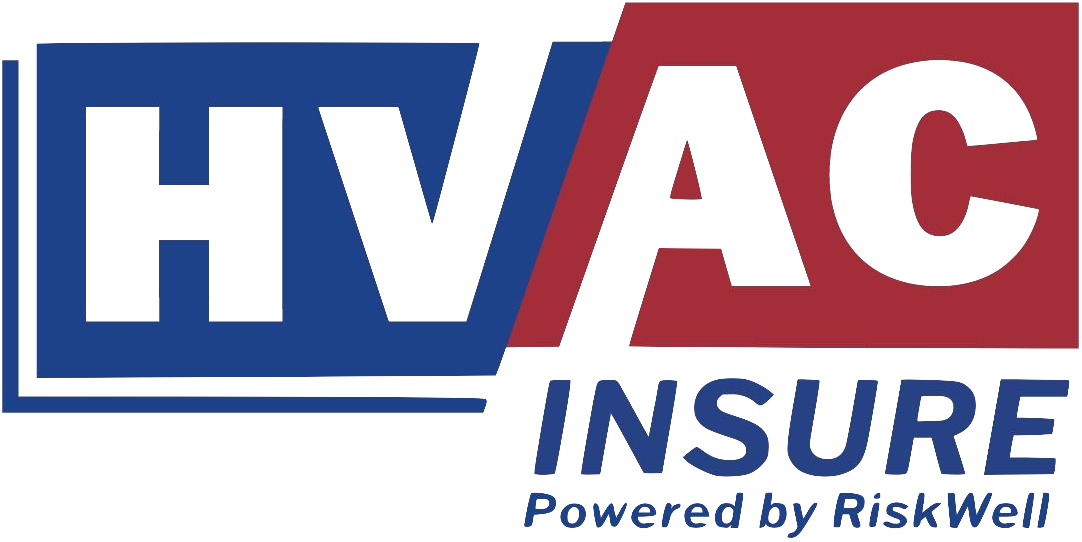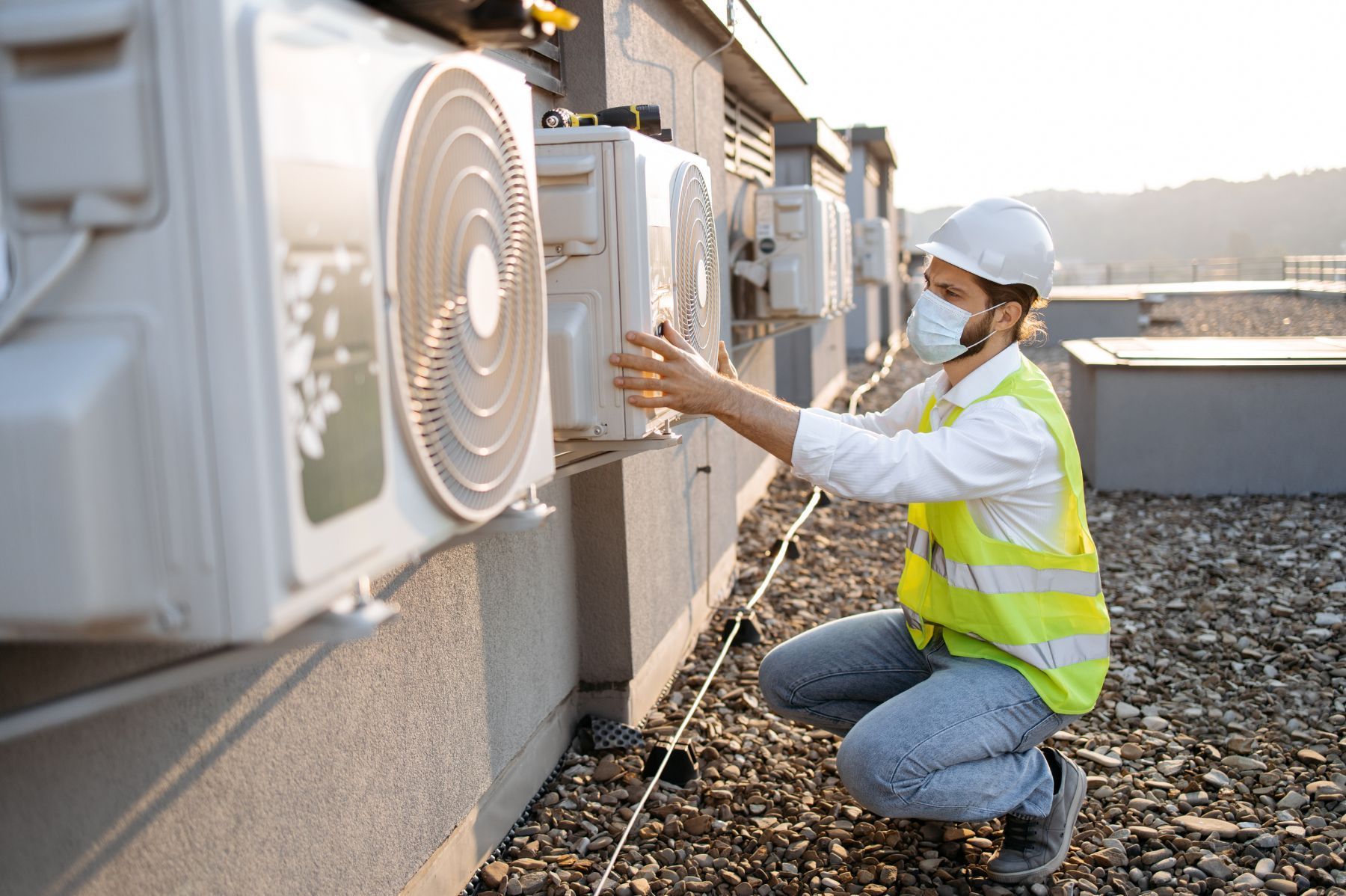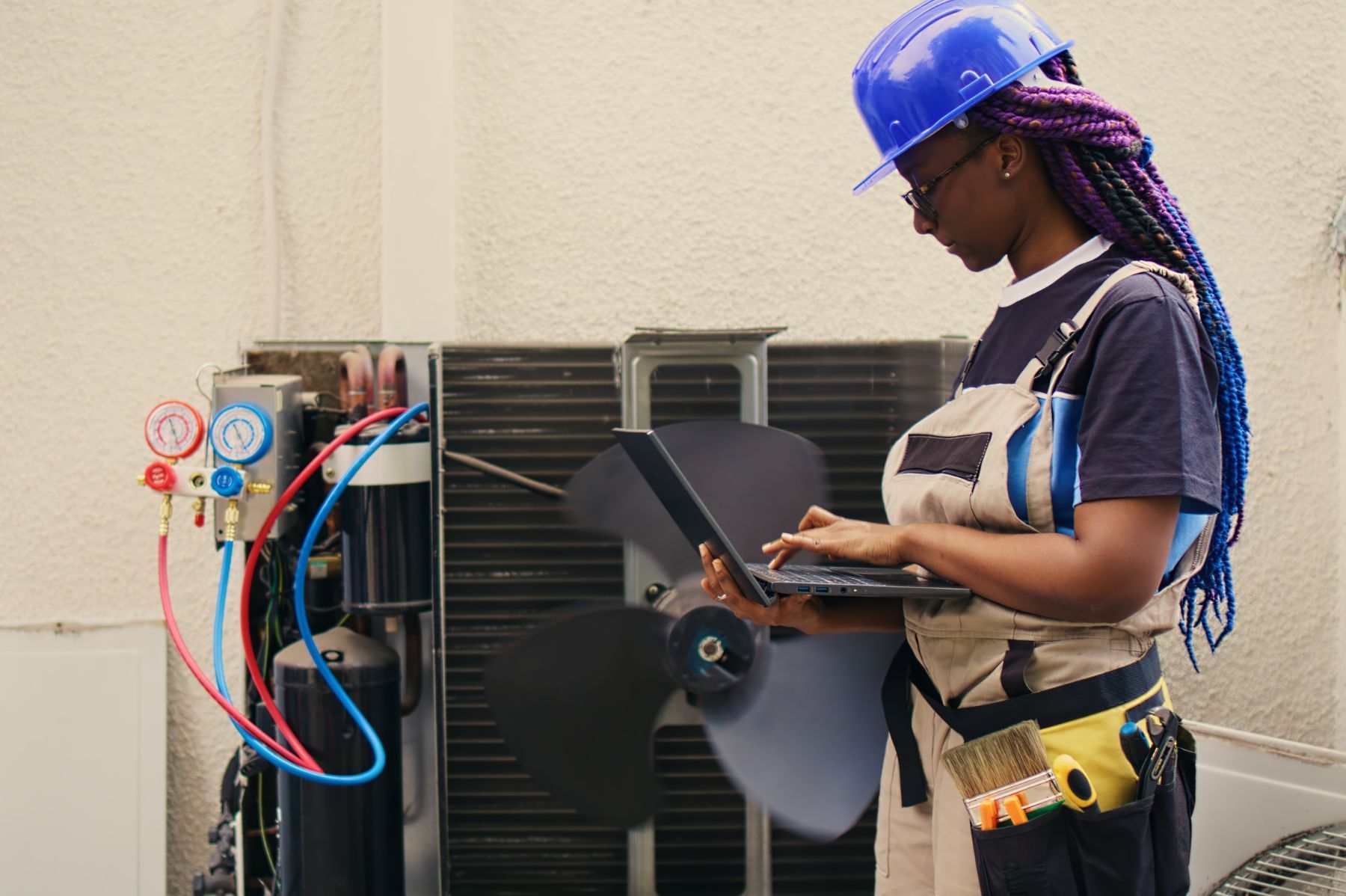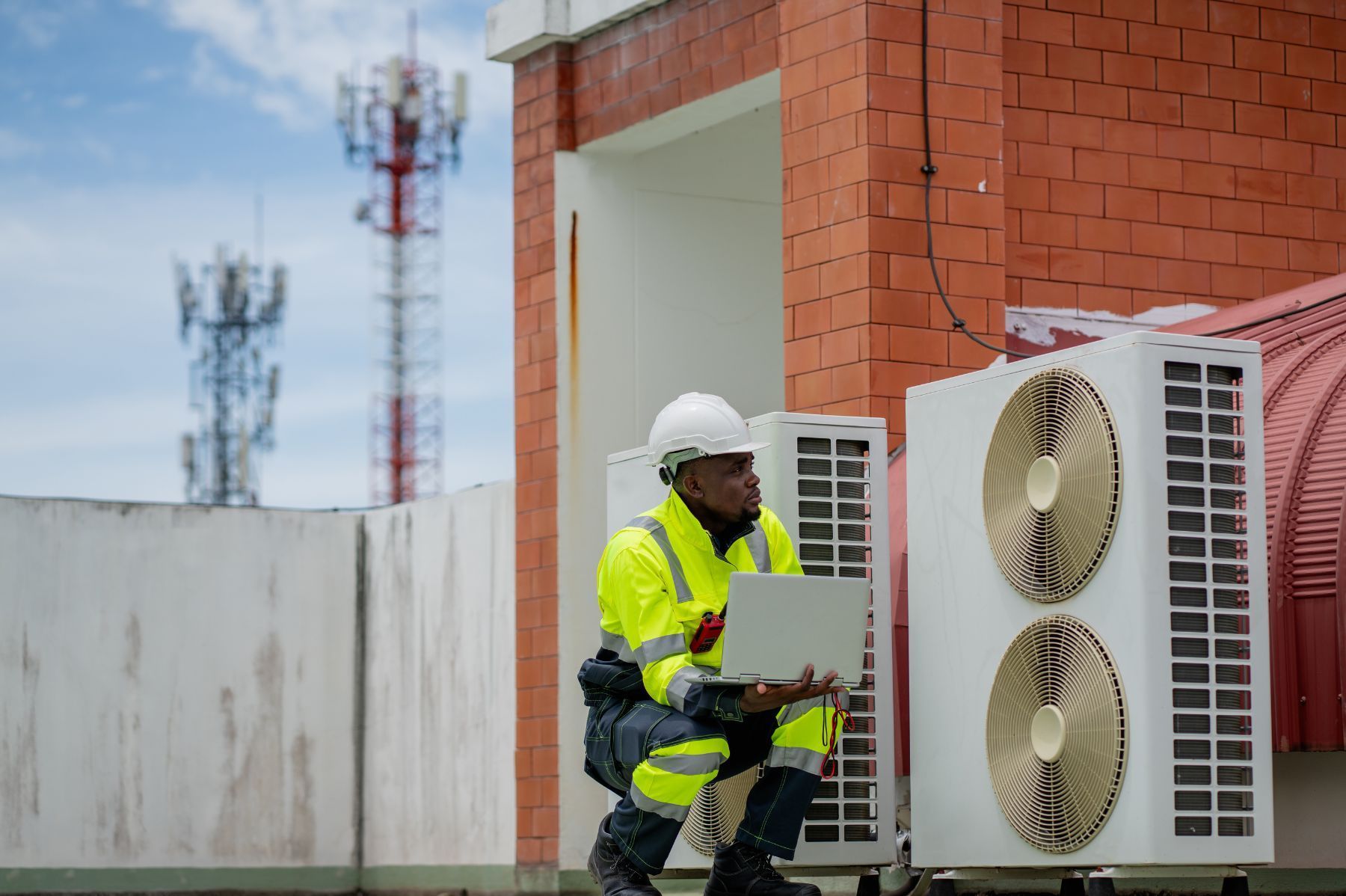Annual HVAC Business Risk Review: What You Should Watch
See How We're Different
or call us: (469) 678-8001

When a sudden equipment failure or a costly insurance claim hits, HVAC contractors know how quickly expenses can spiral out of control. The HVAC market is booming, with projections estimating it will reach $367.5 billion by 2026. Yet, with growth comes risk-rising equipment costs, evolving regulations, and increasing cyber threats all add layers of complexity. Staying ahead means understanding these risks and preparing for them before they impact your bottom line. This review breaks down the key areas every HVAC business should watch closely this year.
Rising Costs and Insurance Challenges
Equipment and labor costs have climbed steadily, squeezing profit margins for HVAC contractors. Curt VanNess, Technical Director for HVACi, highlights a crucial challenge: as these costs rise, insurance settlements become more expensive. Without precise damage evaluations, businesses risk overpaying or underpaying on claims, which can lead to financial strain or disputes with insurers.
For many small HVAC contractors—who make up approximately 80% of the U.S. market with fewer than 20 employees—this is a significant concern. Managing insurance claims effectively is not just about filing paperwork; it requires detailed knowledge of current equipment values and repair costs to avoid costly errors. The rapid pace of technological advancements in HVAC equipment also complicates this landscape, as contractors must stay informed about the latest models and their associated costs to ensure accurate evaluations during claims processes.
Insurance coverage tailored to the unique risks of HVAC businesses is essential. For example, claims involving client property damage often drive up costs more than equipment replacement itself. Contractors should regularly review their policies to ensure they cover these exposures adequately and work with insurers familiar with the HVAC industry’s nuances. Additionally, understanding the specifics of liability coverage can protect contractors from unexpected legal challenges, particularly in cases where improper installation or maintenance leads to property damage or personal injury.
Understanding these dynamics can help contractors negotiate better settlements and avoid surprises. For a deeper dive into the hidden risks in HVAC insurance, HVACInsure offers expert insights worth exploring. Furthermore, investing in training for staff on proper documentation and claims processes can empower contractors to present stronger cases when filing claims, ultimately leading to more favorable outcomes. As the industry continues to evolve, staying proactive about insurance and risk management will be crucial for maintaining competitiveness and financial health in the HVAC sector.
Regulatory Changes and Energy Efficiency Standards
Regulations are tightening, especially around energy efficiency. Starting January 2025, the U.S. Department of Energy is raising the minimum Seasonal Energy Efficiency Ratio (SEER) ratings for HVAC equipment. This means contractors must stay informed about these standards to ensure compliance and advise clients accordingly.
Higher SEER ratings typically translate to more energy-efficient systems, which can be a selling point but may also increase upfront equipment costs. HVAC businesses need to balance these factors when recommending solutions and pricing jobs. Furthermore, the push for energy efficiency is not just a regulatory requirement; it is also a response to consumer demand for sustainable living. Homeowners are increasingly looking for ways to reduce their carbon footprint, and energy-efficient HVAC systems can significantly lower energy bills while contributing to a healthier environment.
Additionally, the market for low-GWP (Global Warming Potential) refrigerants is expanding rapidly. From a $1.2 billion market in 2022, it has grown to $2.1 billion in 2024 and is projected to hit $5 billion by 2030. This shift reflects growing environmental regulations and customer demand for greener technologies. The transition to low-GWP refrigerants is not only beneficial for the planet but also aligns with the evolving preferences of consumers who are becoming more eco-conscious. As such, HVAC contractors who embrace these changes can position themselves as leaders in the industry, appealing to a demographic that prioritizes sustainability.
Staying current on refrigerant regulations and availability is critical. Using the right refrigerants not only ensures compliance but also prevents costly fines and reputational damage. Moreover, the ongoing research and development in refrigerant technology mean that new options are continually emerging, offering better efficiency and lower environmental impact. For more on these industry trends, Scottmax provides detailed analysis that can help contractors plan ahead. By leveraging such resources, HVAC professionals can stay ahead of the curve, ensuring they are well-equipped to meet both regulatory demands and customer expectations in an ever-evolving market.
Technology and Cybersecurity Risks
HVAC systems are becoming smarter and more connected, which opens new doors for efficiency but also new vulnerabilities. Cybersecurity threats targeting HVAC controls and building management systems are on the rise. Attackers can disrupt operations or steal sensitive data, leading to downtime and costly remediation.
Recent research shows that advanced detection frameworks, like the Event-Triggered GAT-LSTM, can achieve up to 98.8% accuracy in identifying cyberattacks on HVAC systems. Integrating such technologies or partnering with cybersecurity experts can be a game-changer for protecting your business and your clients.
Contractors should also consider cyber liability insurance as part of their risk management strategy. Even small HVAC businesses face cyber risks, and coverage can help mitigate financial losses from breaches or ransomware attacks.
For those interested in the technical side of HVAC cybersecurity, the arXiv study on attack detection offers valuable insights into emerging defense mechanisms.
Moreover, the integration of IoT devices in HVAC systems not only enhances operational efficiency but also increases the attack surface for potential cyber threats. Each connected device represents a potential entry point for cybercriminals, making it essential for organizations to implement robust security protocols. Regular software updates, strong password policies, and network segmentation are critical practices that can help safeguard these systems against unauthorized access.
Furthermore, employee training plays a pivotal role in strengthening cybersecurity defenses. Many breaches occur due to human error, such as falling for phishing scams or using weak passwords. By fostering a culture of cybersecurity awareness and providing ongoing training, HVAC companies can empower their teams to recognize potential threats and respond effectively. This proactive approach not only protects the organization but also builds trust with clients who rely on the integrity and security of their HVAC systems.
Operational Efficiency and Cost Savings
Efficiency is more than a buzzword; it directly impacts profitability. Advanced control strategies for central HVAC plants have demonstrated cost savings of up to 7.5%. These strategies also help avoid violations of storage constraints, which can lead to operational disruptions. By streamlining processes and ensuring that systems operate within optimal parameters, businesses can not only save money but also enhance their overall operational resilience.
Implementing a stochastic model predictive control (MPC) framework, for instance, allows businesses to optimize energy use and reduce waste. While such technologies may require upfront investment, the long-term savings and improved system reliability often justify the cost. In addition to energy savings, these frameworks can adapt to varying operational conditions, ensuring that HVAC systems respond dynamically to changes in occupancy, weather patterns, and energy prices. This adaptability is crucial in today’s fast-paced business environment, where agility can lead to significant competitive advantages.
For HVAC contractors managing multiple sites or large commercial clients, adopting these control frameworks can differentiate their service offerings and boost client satisfaction. By providing clients with data-driven insights into their energy consumption and system performance, contractors can foster a relationship built on transparency and trust. Furthermore, as sustainability becomes a key focus for many organizations, the ability to demonstrate energy efficiency through advanced control systems can be a powerful selling point, aligning with clients’ environmental goals.
More technical details on these cost-saving models are available in the arXiv research paper focused on HVAC plant optimization. This paper delves into the algorithms and methodologies that underpin these advanced control strategies, offering insights into how they can be effectively implemented in real-world scenarios. Additionally, it discusses case studies where these models have been successfully applied, showcasing the tangible benefits that can be realized through their adoption.
Market Growth and Small Business Dynamics
The U.S. residential HVAC market alone was valued at $16.43 billion in 2023 and is expected to grow at a compound annual growth rate of 3.23% through 2028. This steady expansion means more opportunities but also more competition for contractors. As energy efficiency becomes a higher priority for homeowners, the demand for advanced HVAC systems that offer both comfort and sustainability is on the rise. This shift not only influences purchasing decisions but also drives innovation within the industry, pushing contractors to stay abreast of the latest technologies and trends.
With 80% of HVAC contractors operating as small businesses, many with fewer than 20 employees, agility and risk management become critical success factors. Small teams often face challenges in scaling operations while managing risks like equipment failure, labor shortages, and insurance claims. The reliance on a limited workforce can mean that the loss of even one key employee can significantly impact service delivery and project timelines, highlighting the importance of cross-training staff to ensure operational continuity.
Investing in staff training, maintaining strong supplier relationships, and adopting technology for scheduling and project management can help small contractors stay competitive. Additionally, understanding the nuances of insurance coverage tailored to small HVAC businesses can protect against unexpected losses. Furthermore, leveraging customer relationship management (CRM) systems can enhance client interactions, streamline communication, and ultimately lead to increased customer satisfaction and retention. As the market evolves, those who embrace digital tools and foster a culture of continuous improvement will be better positioned to thrive.
For a comprehensive look at the residential HVAC market and key players, GlobeNewswire’s market report is a valuable resource. This report not only details the competitive landscape but also provides insights into consumer preferences and emerging technologies that are shaping the future of HVAC systems. Understanding these trends will be crucial for small businesses aiming to carve out their niche in a crowded marketplace, allowing them to tailor their services to meet the evolving needs of their clients.
What to Watch Moving Forward
Several risk factors deserve ongoing attention as the HVAC industry evolves. Equipment and labor cost inflation will continue to pressure margins, making accurate insurance claims and coverage reviews essential. Regulatory changes, especially around energy efficiency and refrigerants, require contractors to stay informed and adaptable. The shift towards more stringent regulations not only influences operational practices but also opens up opportunities for innovation in product development. As manufacturers respond to these regulations, HVAC contractors may find themselves needing to educate clients on the benefits of newer, compliant technologies that can enhance energy savings and reduce environmental impact.
Cybersecurity is no longer optional; it is a vital part of protecting both business operations and client trust. Investing in detection technologies and cyber insurance can mitigate these emerging threats. As HVAC systems become increasingly interconnected through the Internet of Things (IoT), the potential for cyberattacks grows. Contractors must prioritize training their staff on cybersecurity best practices, ensuring that everyone from technicians to administrative personnel understands the importance of safeguarding sensitive information. Regular audits and updates to security protocols will also be crucial in maintaining robust defenses against potential breaches.
Operational efficiency through advanced control systems offers a path to cost savings and improved service quality. The integration of smart technology not only streamlines operations but also enhances customer satisfaction by providing real-time data and predictive maintenance capabilities. As clients become more tech-savvy, they will expect HVAC systems that not only perform well but also offer user-friendly interfaces and remote monitoring options. Finally, small businesses must leverage their agility while managing risks carefully to thrive in a growing but competitive market. By fostering strong relationships with suppliers and investing in employee training, these businesses can adapt quickly to market changes and customer demands, positioning themselves as leaders in their communities.
Keeping an eye on these areas will help HVAC contractors not just survive but succeed in an increasingly complex environment. The ability to pivot in response to market trends, embrace technological advancements, and maintain a focus on customer service will be key differentiators in the years to come. As the industry continues to evolve, those who proactively address these challenges will be better equipped to capitalize on new opportunities and drive sustainable growth.
Frequently Asked Questions
Q: How can HVAC contractors manage rising equipment costs effectively?
A: Regularly updating insurance coverage and conducting precise damage evaluations helps avoid costly overpayments on claims. Staying informed about market prices also aids budgeting. Additionally, establishing strong relationships with suppliers can lead to better pricing and access to the latest technologies. By negotiating bulk purchase agreements or exploring alternative financing options, contractors can further mitigate the impact of rising costs on their bottom line.
Q: What impact will the new SEER standards have on HVAC businesses?
A: Higher SEER ratings mean contractors must install more energy-efficient systems, which can increase upfront costs but appeal to energy-conscious customers. This shift not only encourages innovation in product offerings but also promotes the use of advanced technologies that enhance system performance. Contractors who embrace these changes can position themselves as leaders in sustainable practices, potentially tapping into government incentives and rebates that reward energy efficiency upgrades.
Q: Why is cybersecurity important for HVAC contractors?
A: Connected HVAC systems are vulnerable to cyberattacks that can disrupt operations or compromise client data. Cybersecurity measures and insurance protect against these risks. Moreover, as smart home technology becomes more prevalent, the integration of HVAC systems with other smart devices increases the potential attack surface. Contractors must prioritize training their staff on cybersecurity best practices and invest in robust security protocols to safeguard sensitive information and maintain customer trust.
Q: Are small HVAC businesses at a disadvantage compared to larger companies?
A: Small businesses face challenges like limited resources but can compete by focusing on customer service, risk management, and adopting efficient technologies. By leveraging their agility, small contractors can quickly adapt to market changes and customer needs, providing personalized service that larger companies may struggle to match. Furthermore, utilizing digital marketing strategies and local SEO can help them reach their target audience effectively, allowing them to carve out a niche in the competitive HVAC landscape.
Q: What are low-GWP refrigerants, and why do they matter?
A: Low-GWP refrigerants have less impact on global warming and are increasingly required by regulations. Using them helps ensure compliance and meets customer demand for greener solutions. As the industry moves towards more sustainable practices, the adoption of these refrigerants not only reduces environmental impact but also enhances brand reputation. Contractors who educate their clients about the benefits of low-GWP options can differentiate themselves in the market, fostering a commitment to sustainability that resonates with eco-conscious consumers.











